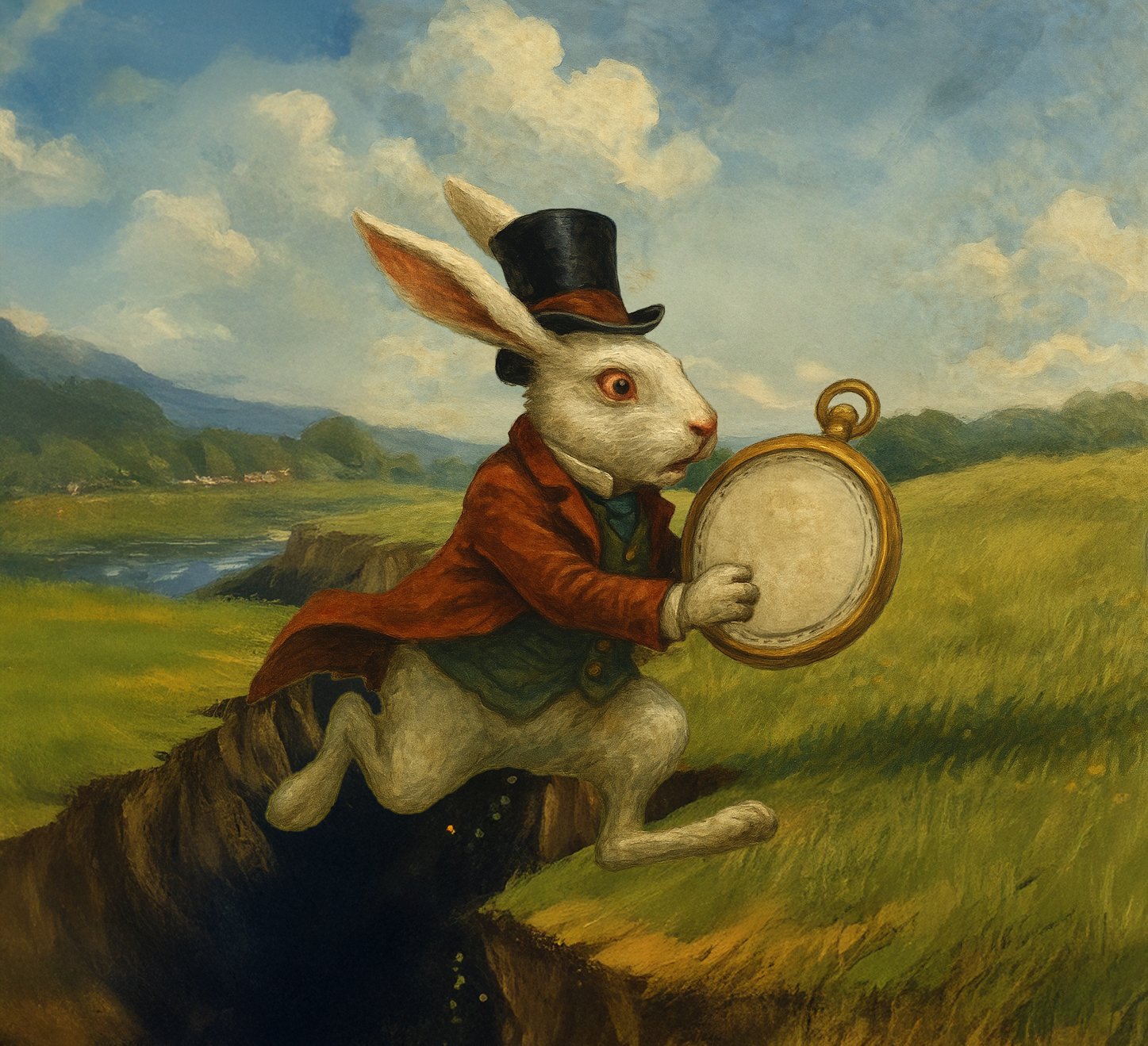
Deep work for creatives, and how to interact with management.
Straight up, this is a POV from the creative side. This has been 10+ years of trail and error. This works for me, as a creative who also is an entrepreneur. I run an agency, I also want to allot as MUCH time as possible to the act of creating work.
But…
Let’s be real: most creatives aren’t struggling because they lack talent.
They’re struggling because their calendars look like a game of Tetris.
Back-to-back meetings. Constant email pings. Slack messages. Texts. Updates. Notifications. Noise.
And somewhere in between all that… They’re supposed to create something meaningful?
If you’ve ever wondered why your team feels stuck, or why your creative output isn’t hitting the mark, this post is for you. ~ Ash
What Is “Deep Work” and Why Does It Matter?
The term “deep work” was popularized by author Cal Newport. It refers to focused, uninterrupted time dedicated to cognitively demanding tasks, like writing, designing, editing, and problem-solving.
For creative professionals, deep work is everything. It’s where the magic happens. It’s how you get from decent ideas to brilliant execution.
But here’s the problem…
Most Workplaces Aren’t Designed for Deep Work
The modern workday is built around constant availability:
“Can you hop on a quick call?”
“Did you see that email?”
“Mind reviewing this doc real quick?”
These may seem harmless, but they shatter creative momentum. It takes the average person 23 minutes to regain focus after a distraction. Multiply that by five or six interruptions a day, and you’ve lost your most productive hours.
Maker (Creative) vs Manager (Client / boss) Schedule: Two Very Different Worlds
This is where the maker vs manager schedule comes in.
-
Managers thrive on meetings, quick check-ins, and fast decisions.
-
Makers thrive on large blocks of uninterrupted time.
Neither is wrong, they’re just different operating systems.
And when these schedules overlap without intention?
That’s when frustration, burnout, and bottlenecks creep in.
How I Structure My Week as a Creative Professional
Here’s how I protect deep work in my own calendar (and keep the creative engine running):
-
Emails? Only on Monday @ 8am – 9am and Thursdays @ 8am – 9am. Yes this sounds super strict, and to be honest it is, but also it allows me to really do whats needed to run my agency.
-
Meetings? Monday mornings and Thurdays mornings only. I find I like morning meetings, so I only book them in the AM. Also worth noting, I’ve setup a scheduler / booking system for this, and have a short onboarding form to keep the meeting productive. I’ve also started doing 30 min meetings. And hard cap at 4 meetings in a day. These are things I’ve discovered about myself over time.
-
Creative Work? Protected every afternoon. This means… No calls, no interruptions, just deep focus.
This structure might sound rigid, but it’s actually freeing. It helps me deliver my best work, on time, without burning out.
Some Ways Creatives Can Communicate with Managers
Clients don’t know how you work, it’ll take some education, here’s whats worked for me:
-
Batch meetings together, so you have full creative “deep focus” days.
-
Practice iolation… Turn off your notifications, consider “batching your time” for emails .
-
Communicate your patterns Clients / Managers will need to know HOW you work.
-
Set yourself times, and deadlines, leave 20% variance. We’re not machines, we have on days and off days. Don’t beat yourself up, learn to negotiate smart schedules & times.
Some Ways Managers Can Support Creative Teams
If you manage or collaborate with creatives, here’s how you can help them succeed:
-
Batch meetings together, so creatives have full days to work.
-
Respect protected time—don’t drop “urgent” requests into deep work zones.
-
Trust your team—micromanagement kills flow.
-
Measure output, not hours. Creativity isn’t linear. Give space and let the results speak.
Final Thoughts: Creativity Needs Protection
Creativity isn’t just a talent, it’s a process.
And like any process, it needs the right environment to thrive.
If you’re a creative, protect your time like your life depends on it.
If you’re a manager, design systems that empower, not interrupt, your team’s flow.
Deep work isn’t a luxury—it’s a requirement.
Want more posts like this? Subscribe to our newsletter or follow us on Instagram for behind-the-scenes strategy tips from the AMP Visual Media team.